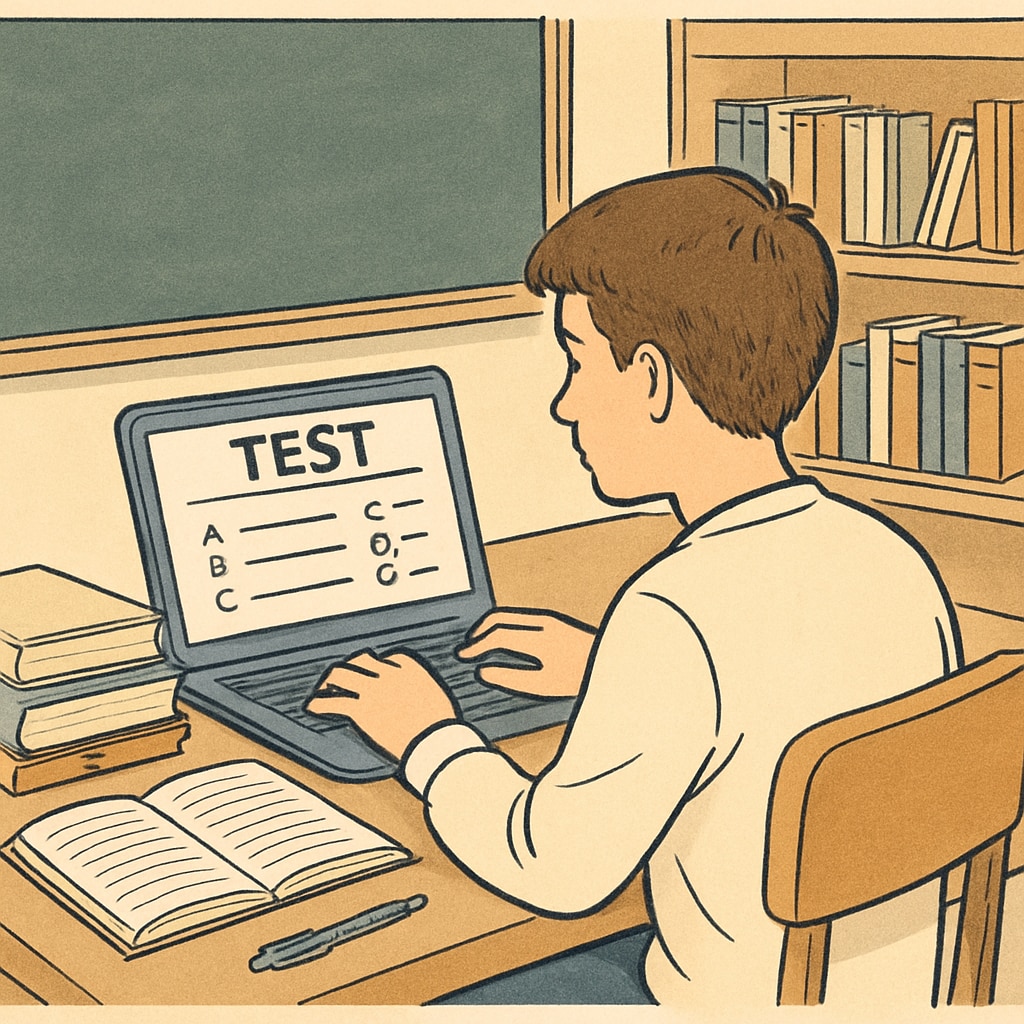In today’s fast-evolving educational landscape, finding high-quality test resources is more important than ever for assessing students’ learning progress and ensuring effective teaching outcomes. From elementary to high school, educators and parents alike seek reliable and engaging tools that not only evaluate knowledge but also foster critical thinking and problem-solving skills. This article explores how to identify the best test resources for K12 students and offers a curated list of tools that have been validated through educational practice.
Why High-Quality Test Resources Matter in K12 Education
Evaluation is a cornerstone of education, enabling teachers to monitor student progress, identify areas of difficulty, and adapt their teaching strategies accordingly. High-quality test resources provide accurate assessments while engaging students in meaningful learning experiences. Poorly designed resources, on the other hand, can lead to misinterpretations of student abilities or even discourage learning.
For example, an effective test resource should:
- Align with curriculum standards and learning objectives.
- Be age-appropriate and accessible for diverse learning levels.
- Incorporate interactive or adaptive elements to keep students engaged.
- Provide actionable feedback for both students and educators.

Key Considerations for Selecting Test Resources
When evaluating tools, it’s important to consider several factors to ensure they meet the needs of students and educators alike. Below are some guiding principles:
- Curriculum Alignment: Choose resources that adhere to state or national standards, ensuring consistency with what students are expected to learn.
- Ease of Use: Ensure the platform or material is intuitive for both teachers and students, minimizing the learning curve for implementation.
- Data and Analytics: Opt for tools that offer detailed performance reports, making it easier to track progress and pinpoint areas for improvement.
- Inclusivity: Look for resources that accommodate varying learning styles, including visual, auditory, and kinesthetic learners.
- Cost-Effectiveness: While free tools are appealing, it’s worth investing in paid options if they offer superior quality and features.
By keeping these considerations in mind, educators can make informed decisions that enhance both teaching effectiveness and student performance.
Top Test Resources for K12 Students
To simplify your search, we’ve compiled a selection of high-quality tools and platforms that cater to different grade levels and subjects:
- Kahoot!: An interactive platform that turns quizzes into engaging games, ideal for reviewing concepts in a fun way. Learn more about Kahoot!
- Quizlet: A versatile tool offering flashcards, quizzes, and practice tests across a wide range of subjects. Explore Quizlet’s resources.
- Edulastic: A comprehensive platform for creating and administering standards-aligned assessments with real-time feedback. Visit Edulastic.
- IXL: A personalized learning platform that includes diagnostic tests and targeted practice for K12 students. Discover IXL.
- Google Forms: A free and customizable tool for creating simple quizzes and surveys, with easy data tracking features.

Future Trends in Educational Testing
The field of educational assessment is constantly evolving, with technology playing a pivotal role in shaping new methodologies. Adaptive testing, for instance, uses AI to adjust question difficulty based on a student’s responses, providing a more personalized evaluation experience. Virtual and augmented reality are also being explored to create immersive testing environments that assess practical skills in real-world scenarios.
Furthermore, there is a growing emphasis on formative assessments—ongoing evaluations designed to guide learning rather than merely measure outcomes. These trends point to a future where assessments are not only more precise but also more engaging and supportive of lifelong learning.
Conclusion
Finding the right test resources for students requires a careful balance of quality, relevance, and accessibility. By prioritizing tools that align with curriculum standards, offer actionable feedback, and engage students, educators can create a more effective learning environment. The resources and strategies highlighted in this article serve as a starting point for your journey toward empowering students through better assessments.
As technology continues to advance, the possibilities for innovative and impactful testing tools are endless. Explore, experiment, and find what works best for your classroom or learning environment.
Readability guidance: This article uses short paragraphs, bullet points, and clear subheadings to enhance readability. Transitions like “for example,” “in addition,” and “as a result” ensure smooth flow between ideas.


